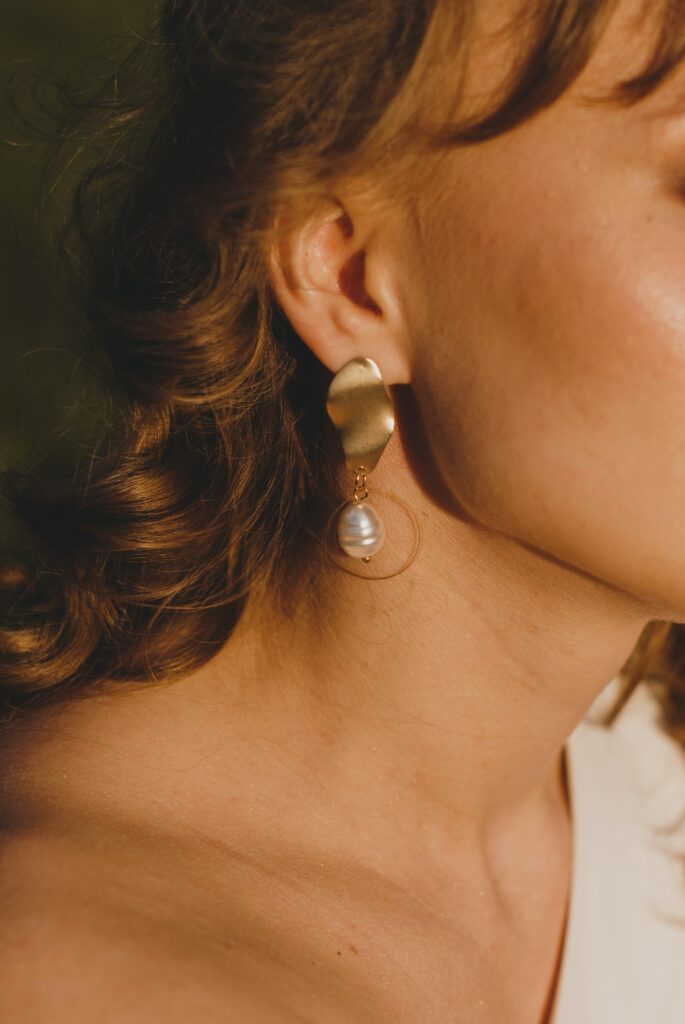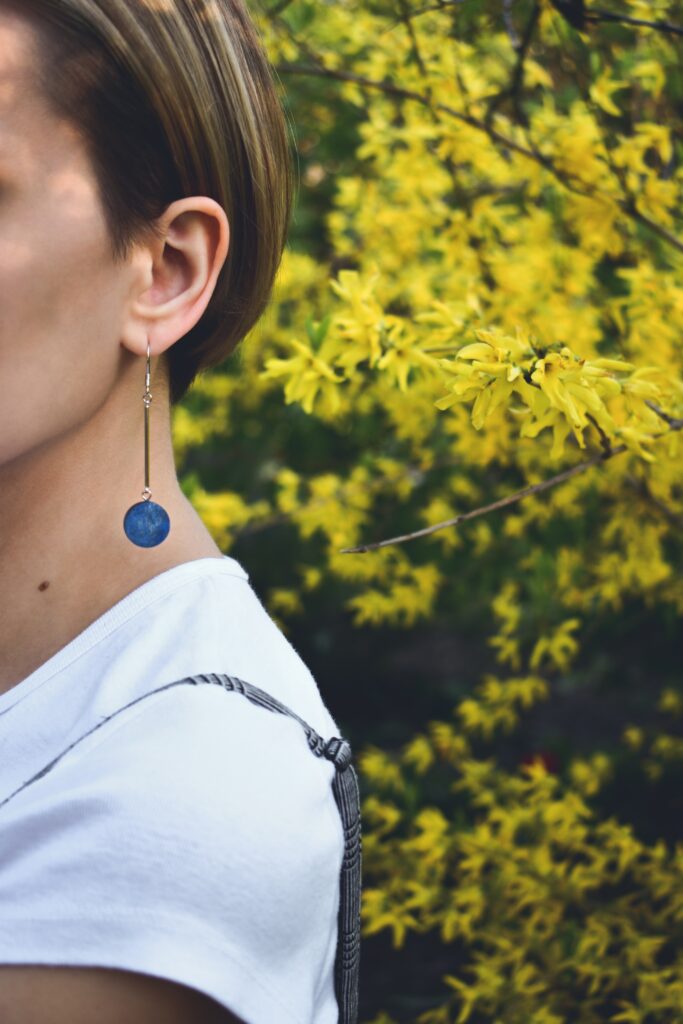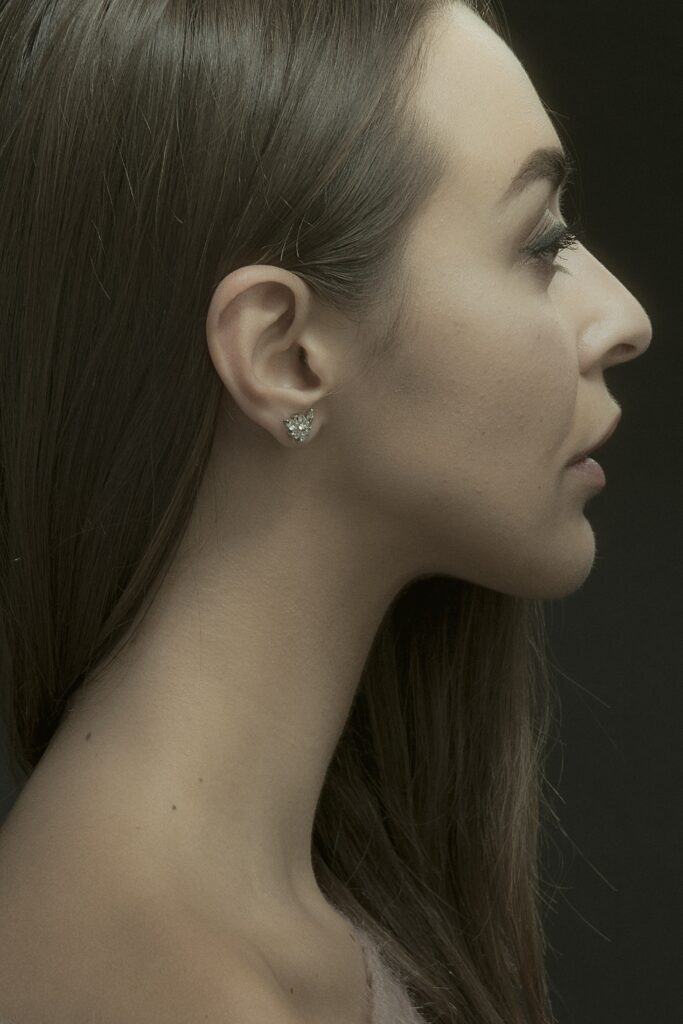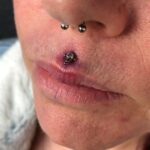Table of Contents
In this post, we’ll delve deep into the world of ear piercing bleeding, focusing on its causes and, more importantly, how to treat it. My years in the tattoo and piercing industry have taught me a thing or two about this, and I’m eager to share these insights with you. From the immediate post-piercing bleeding that is as normal as the morning coffee, to the more worrying prolonged bleeding that might hint at an underlying issue, we’ll cover it all.
Whether you’re a piercing newbie, a seasoned veteran, or just someone curious about the ins and outs of body modifications, this post is for you. Knowledge is power, my friends, and understanding the intricacies of our bodies and how they react to piercings is a crucial part of the body art journey. So, let’s get to it. Prepare to be informed, enlightened, and maybe even a tad surprised as we navigate the pierced path together. Let’s shine a light on those seldom-discussed, but oh-so-important aspects of our beloved craft. Stay tuned, and let’s pierce the veil of the unknown together.

Causes of Ear Piercing Bleeding
Normal Reaction: Immediate Post-Piercing Bleeding
Bleeding immediately after an ear piercing is generally considered a normal reaction. The needle disrupts the blood vessels in the area during the procedure, causing a small amount of bleeding. This is typically minimal and stops shortly after the procedure with proper care and attention.
Potential Causes of Prolonged or Delayed Bleeding
Prolonged or delayed bleeding may indicate more serious issues.
Infection: This common cause can result from inadequate aftercare or unsterile equipment. Symptoms may include not just extended bleeding, but also swelling, redness, and possibly a foul-smelling discharge.
Allergic Reactions: Allergies to the material of the jewelry can also cause bleeding, along with itching and skin irritation.
Poor Piercing Technique: A blunt needle or a piercing gun can cause unnecessary trauma to the tissue, leading to increased bleeding.
Repeated Trauma: Accidents such as catching the earring on clothing or accidentally pulling it can result in prolonged bleeding.
Medical Conditions: Certain conditions, especially those affecting the body’s blood clotting mechanism—like hemophilia or Von Willebrand disease—can lead to extended bleeding after an ear piercing. It’s crucial to discuss any known clotting disorder with your piercer or a healthcare provider before getting a piercing.
Conclusion
Choose your piercing professional wisely, care for your piercing religiously, and listen to your body’s cues as it embraces this new adornment. After all, each piercing is not just an accessory but a narrative of self-expression that you carry with you. In this tale of self-discovery and adornment, your body is the canvas, and you are the storyteller. And as your ever-enthused inky guide, I’m here to make that journey as engaging, safe, and rewarding as possible.

The Piercing Journey Begins










